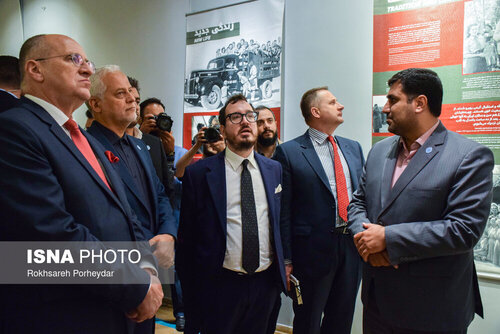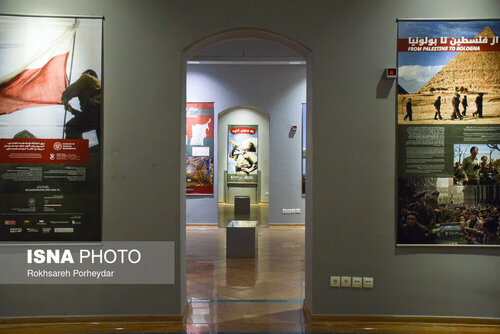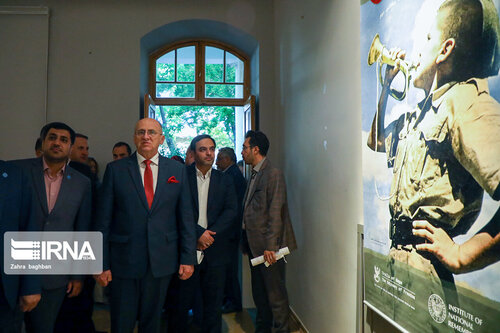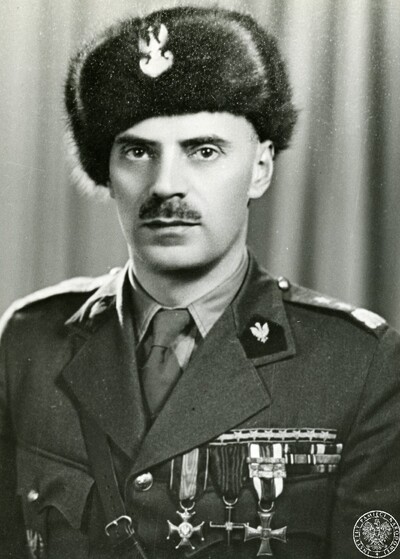Poland’s bonds with Iran date back to the end of the 15th century. Traces of these contacts include a grave of the Polish king’s envoy to the Persian Shah, located in Isfahan. Persia was one of the two countries that refused to accept the Partitions of Poland.
After Poland regained independence in 1918, Persia recognised its rebirth and the two countries slowly started rebuilding their mutual connections. Diplomatic relations were established, which was followed by a treaty of friendship and a trade agreement. After the war between Germany and the Soviet Union started in 1941, Polish diplomatic missions in Iran were not shut down but they were allowed to operate even though Poland was an occupied territory. Also in 1941 the German army reached the North Caucasus, which could have led to them seizing control of Iranian oil resources. This forced both the United Kingdom and the Soviet Union to lead a military intervention in Iran. The anti-German alliance decided it was necessary to create a new front in Asia. The Polish Army created and stationed in the USSR was to be a core part of that front.
When Polish people came to Iran, they were undernourished and prone to various diseases, requiring comprehensive medical care.
The largest group of Polish emigrants (about 20,000) was brought to Tehran, prompting the creation of residential camps. The biggest hospital for civilians was set up in buildings provided by the Shah. Iran's hospitality and the selfless assistance of the Iranians were invaluable.
Isfahan, former capital city, became a unique shelter for Polish children looking for help and rest after destructive banishment and stay in the Soviet Union.



